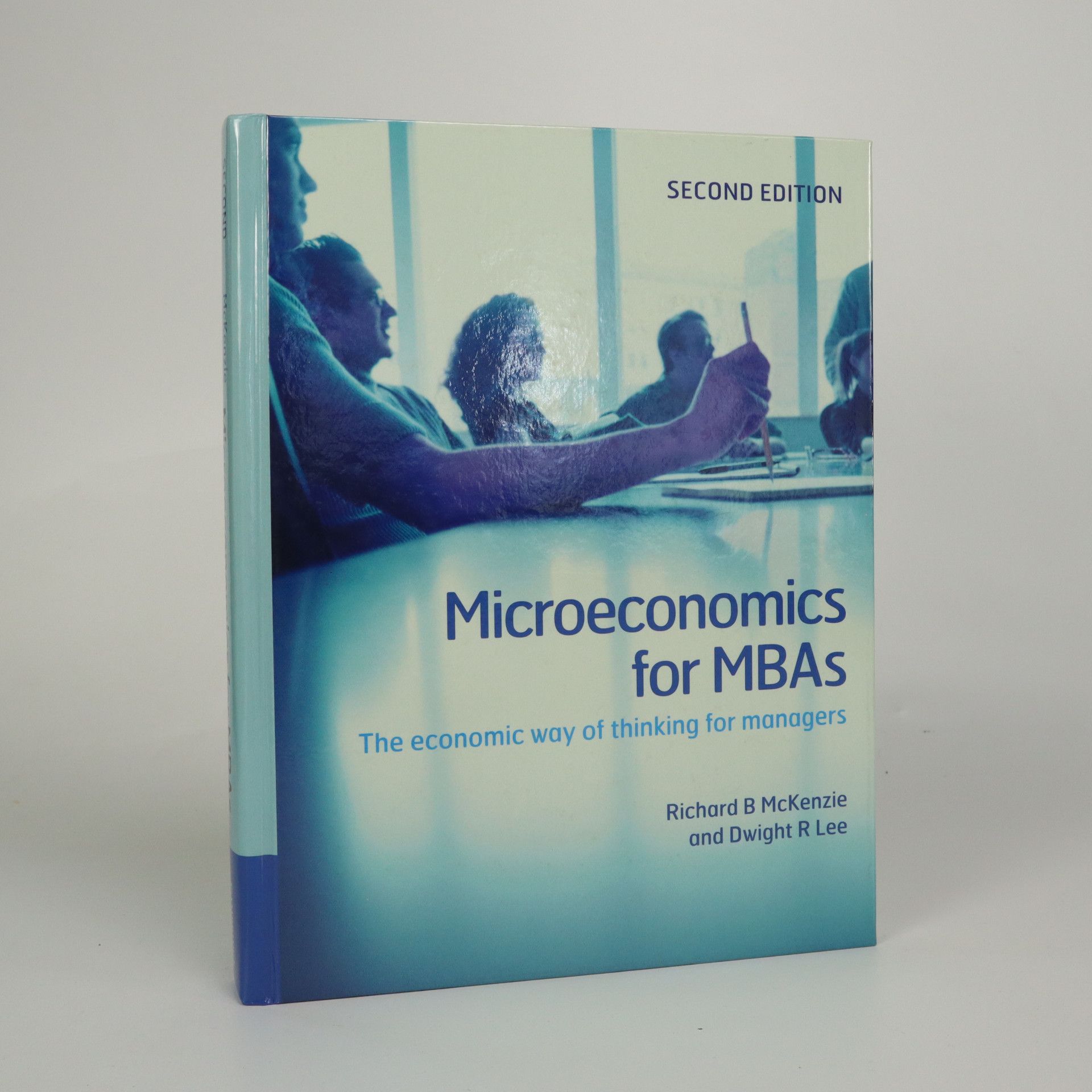Forest School For Grown-Ups
- 224pages
- 8 heures de lecture
A fun and informative handbook showing how adults can enjoy the benefits of forest schools and outdoor learning.






A fun and informative handbook showing how adults can enjoy the benefits of forest schools and outdoor learning.
A sophisticated yet non-technical introduction to microeconomics for MBA students, now in its third edition.
Rethinking social theory through a rich engagement with landscape and the history of geology, this book explores our human relationship with the timescale of geological formation and shows how social life becomes disconnected from the ecological and geological rhythms on which it depends.
The textbook that develops the economic way of thinking through problems that MBA students will find relevant to their career goals. Theory and math is kept as simple as possible and illustrated with real-life scenarios. This textbook package includes online video tutorials on key concepts and complex arguments, and topics likely to be assessed in exams. The distinguished author team has developed this textbook over 20 years of teaching microeconomics to MBA students. Chapters are clearly structured to support learning: Part I of each chapter develops key economic principles. Part II draws on those principles to discuss organizational and incentive issues in management and focuses on solving the 'principal-agent' problem to maximize the profitability of the firm - lessons that can be applied to problems MBAs will face in the future. Economics and management are treated equally; this unique textbook presents economics as part of the everyday thinking of business people.
Thanks to a relaxed but informative interview style, she has become one of the most respected F1 presenters and interviewers in the sport, with drivers requesting her for interviews because of her tough but fair approach. And motorsport fans still talk about Lee's funny but brilliant interviews with Sebastian Vettel over the years.
Perfect for inspiring kids to get out in the fresh air, this brilliant book is crammed full of outdoor activities and fun for children.
This fully updated fourth edition explores microeconomic concepts, with a distinctive emphasis on 'the economic way of thinking' and its applicability to sharp managerial thinking, productivity, and good decision-making. It stands apart due to its strong focus on practical and applied knowledge from the business context and its unique structure (Part I of each chapter develops key economic principles; Part II draws on those principles to discuss organizational and incentive issues in management, focusing on solving the 'principal-agent' problem to maximize the profitability of the firm). There are plentiful real-life scenarios and provocative examples in each chapter. Accessible to MBA students, other graduate students and undergraduates, it is ideal as a core text for courses in Managerial Economics. Requiring an understanding of only basic algebra, this new edition is more concise with a wealth of online resources, including additional online chapters and an online appendix with more advanced mathematical applications.
?Tento nápady a dobrodružstvím plný průvodce k inspiraci rodičů a pedagogů pro pobyt s dětmi na čerstvém vzduchu přináší mnoho outdoorových aktivit a tvořivé zábavy. Kromě osvojení si jednoduchých dovedností pro přežití v přírodě získají děti také více informací o světě kolem sebe a o svém místě v něm. Autor podporuje děti, aby se zvedly od obrazovek a vydaly se zkoumat svět na čerstvém vzduchu. Obsahuje přes 50 outdoorových aktivit, jako jsou třeba stavění přístřešku, vaření na ohni, honba za pokladem, pozorování hvězd a mraků, zkoumání rostlin a hmyzu, výroba přírodního inkoustu i vyřezávání ze dřeva. Když se děti přesvědčí, co vše se dá venku zažít, už se jim vysedávat doma chtít nebude.